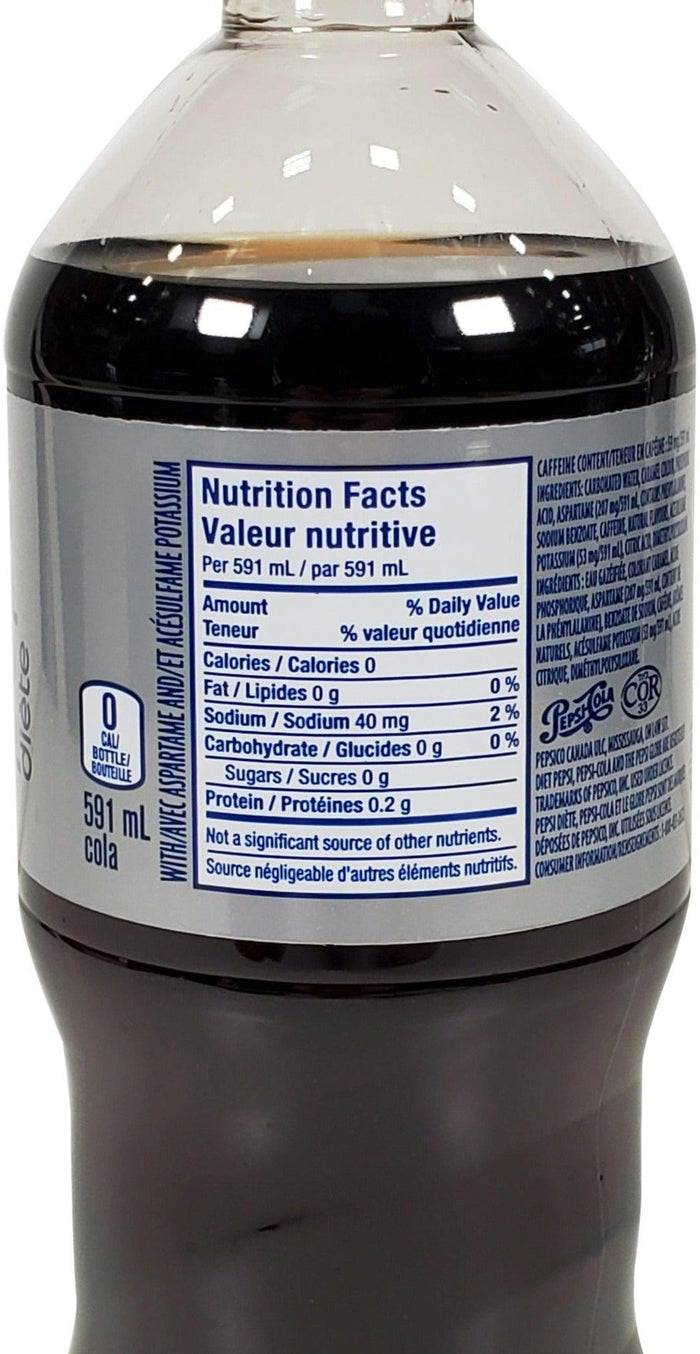Effective Insights into Blue Whale Diet and Feeding Strategies
The blue whale, as the largest animal on the planet, plays a vital role in marine ecosystems. Understanding the blue whale diet is essential not only for appreciating these majestic creatures but also for implementing conservation strategies that support their habitat. By examining their feeding habits, particularly their reliance on krill, we can influence efforts towards sustainable marine practices. This article will delve into the intricacies of the blue whale's nutrition, the mechanism of their filter feeding, and the ecological impacts of their dietary needs.
This exploration will highlight the marine food sources that blue whales depend upon, the critical role of krill in their diet, and the *baleen plate function* that facilitates their unique feeding technique. We will also discuss how climate change affects their feeding patterns and overall survival, providing insights into the connections between these remarkable whales and the health of oceanic ecosystems.
Ultimately, the goal is to raise awareness of the ecological significance of blue whales and contribute to ongoing marine conservation efforts as well as enhance public knowledge about these amazing animals.
Understanding the Nutritional Needs of Blue Whales
Building on our understanding of blue whale diets, it’s crucial to explore their energy needs and how these relate to their feeding strategies. Blue whales consume vast quantities of krill, particularly during peak feeding seasons when krill populations are abundant.
Feeding Techniques and Baleen Plate Function
Blue whales utilize a unique structure known as the baleen plate to filter feed. By taking in large gulps of water laden with krill, blue whales use their baleen to trap their prey, expelling the water while retaining the krill for consumption. This method allows them to efficiently process massive amounts of food necessary to sustain their large bodies.
Krill Consumption as a Dietary Staple
Blue whales are primarily dependent on krill, small shrimp-like animals that thrive in nutrient-rich waters. Studies indicate that a single blue whale can consume up to 4 tons of krill each day during feeding seasons. Therefore, understanding the dynamics of krill populations and their habitats becomes crucial for blue whale conservation.
Environmental Factors Influencing Diet
The availability of krill and other food sources can be significantly impacted by environmental changes, particularly climate variability. When ocean temperatures rise or when ice melts, the distribution and abundance of krill can shift, which in turn affects the blue whale's migratory patterns and feeding grounds.
Conservation strategies focusing on these ecological impacts are essential. The relationship between blue whales and their food sources must be addressed to ensure their continued survival in an ever-changing marine environment.
Foraging Strategies in Blue Whale Feeding Habits
With a remarkable adaptability, blue whales employ various foraging strategies to optimize their hunting of krill. These strategies are essential for sustaining their energy needs across different habitats. By understanding how blue whales forage, we can develop more targeted conservation efforts.
Juvenile vs. Adult Feeding Patterns
The juvenile blue whale diet differs from that of adults, primarily due to their smaller size and energy requirements. Juveniles often feed in shallower waters where krill concentrations can be found easily, while adults may venture into deeper waters for larger swarms of krill. This variation in feeding behaviors highlights the need for habitat preservation that accommodates all life stages of blue whales.
Migration and Feeding Grounds
Migration is a key aspect of blue whale life, with whales traveling thousands of miles in search of food. Understanding their migratory feeding grounds is essential for determining conservation priorities. Seasonal feeding patterns align with the spawning of krill, highlighting the intricate relationship between blue whale migratory behavior and marine food sources.
Impact of Climate Change on Feeding Strategies
Climate change poses an existential threat to blue whale feeding habits. Shifting ocean temperatures and changing currents can impact krill populations and the overall oceanic ecosystems that blue whales rely upon. Efforts must ensure the protection of these migratory paths and feeding grounds against climate impacts to maintain healthy blue whale populations.
The Role of Phytoplankton in Ocean Food Web Dynamics
This naturally leads us to consider the underlying role of phytoplankton as a foundational element of the marine food web. Phytoplankton not only supports krill populations but plays a crucial role in the overall ocean food web.
Importance of Phytoplankton to Krill and Blue Whales
Phytoplankton serves as the primary producer in marine ecosystems, converting sunlight into energy and forming the base of the food chain. This energy transfer supports the krill populations that blue whales depend upon for sustenance. It is critical to maintain healthy phytoplankton levels to ensure the survival of krill and, subsequently, blue whales.
Effects of Pollution on Phytoplankton and Krill
Pollution and anthropogenic factors can severely impact phytoplankton health and diversity. The decline of phytoplankton due to pollution can trigger shifts in marine food web dynamics, threatening krill populations and, consequently, blue whales. It is imperative to implement measures to minimize pollution in oceanic habitats to protect this essential food source.
Future Research Directions in Marine Ecology
Integrating marine research studies focused on phytoplankton and krill populations will provide insights into mitigating risks posed by environmental changes. Greater knowledge of these relationships helps inform effective conservation strategies aimed at preserving blue whale diets and enhancing their chances for survival in changing seas.
Conclusion: Bridging the Gap for Blue Whale Conservation
In summary, understanding the blue whale diet and its complex relationship with marine ecosystems is vital for ensuring their conservation. By appreciating their feeding habits, the critical importance of krill, and the environmental challenges posed by climate change, we can contribute to more effective marine biodiversity conservation efforts.
Through informed action, awareness, and sustainable practices, we can play a role in the protection of blue whales, their habitats, and the delicate balance of ocean ecosystems. The future of blue whales hinges on our understanding and commitment to their survival.
